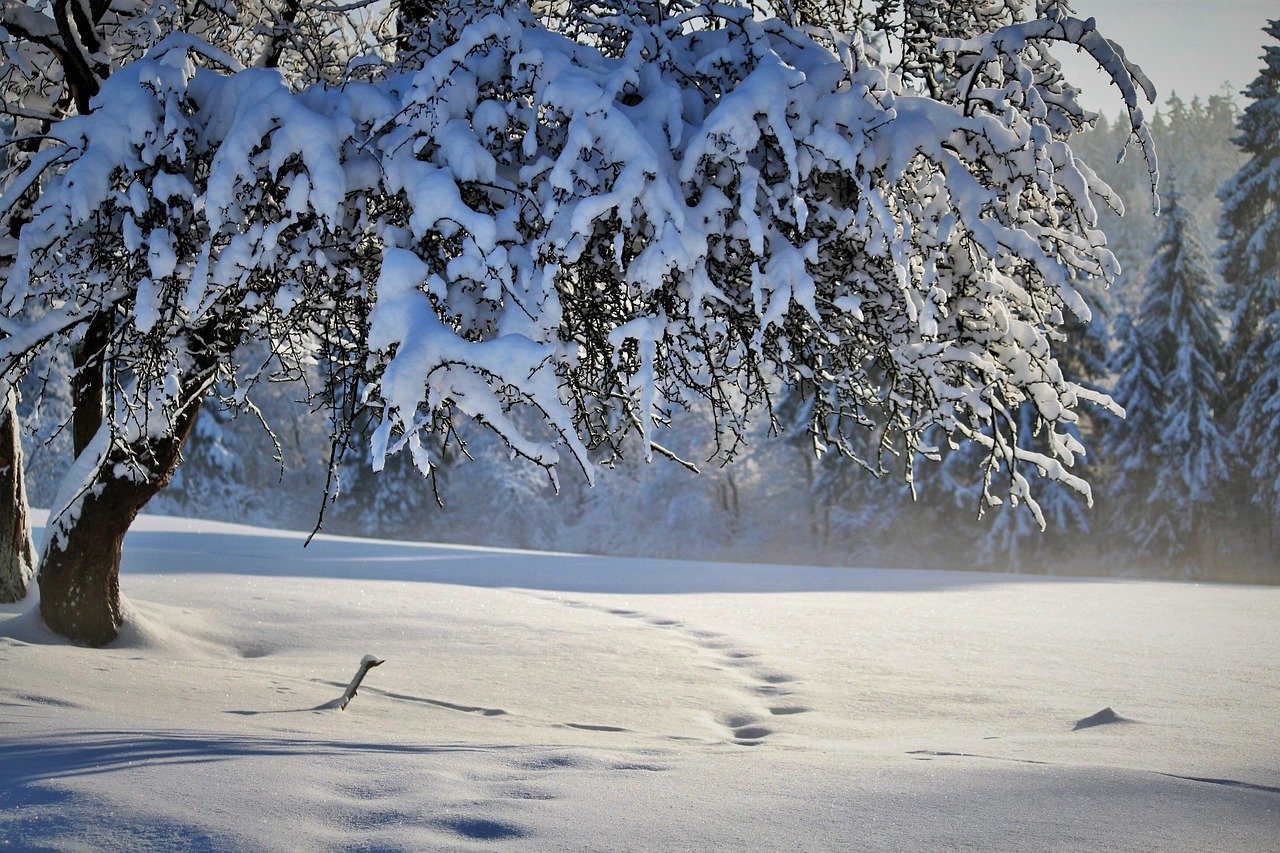HARRISBURG – With many consumers facing higher energy costs and the potential of high winter energy bills, the Pennsylvania Public Utility Commission (PUC) is highlighting a “Winter Utility Bill Checklist” – noting five simple ways for consumers to monitor their energy usage and explore options to manage their winter utility expenses.
The PUC’s Winter Utility Bill Checklist encourages consumers to:
- Carefully review post-holiday utility bills to track energy usage, rates, and energy prices.
- Understand the impact of cold weather on household energy usage.
- Review current prices for electric and natural gas, including the utility “price to compare” and offers from competitive suppliers.
- Explore options for energy conservation and cost savings.
- #CallUtilitiesNow to explore assistance options and ways to address high bills.
“Recent price spikes and ongoing fluctuations in wholesale energy prices, coupled with increased cold weather energy usage, have driven up monthly utility bills for many Pennsylvanians,” said PUC Chairman Gladys Brown Dutrieuille. “The Commission urges consumers to remain vigilant throughout the heating season in knowing their energy usage level, the rates they are paying for electric and natural gas and, moving forward, their options to conserve energy and save on monthly utility bills.”
Review post-holiday utility bills
The size of monthly electric or natural gas bills includes two major components:
- Delivery/distribution rates – This charge includes the cost for the operation and maintenance of the poles, wires, pipelines and other infrastructure that delivers energy to your home or business. This portion of your monthly bill supports your local utility.
- Generation/supply charge – This charge covers the cost of the energy (electricity or natural gas) used during the month. This energy cost for this portion of the bill is determined in two ways: one, by a consumer’s contract with a competitive supplier or two, for consumers who do not shop, the utility provides energy supply at the “Price to Compare” (PTC). The prices are driven by the wholesale energy market and can vary greatly, especially with the currently unpredictable global demands for energy. Electric and natural gas companies are required to procure energy at the least possible cost.
Delivery/Distribution rates are reviewed and approved by the PUC and typically remain constant for several years at a time.
Generation/supply charges are separate from the closely regulated distribution rates and adjusted periodically for non-shopping customers, typically every three to six months based on energy market prices – and may change more or less frequently for competitive suppliers, based on the agreement between the supplier and customer at the time of enrollment. The PUC does not regulate prices for the energy supply portion of utility bills.
It is important to note that extreme weather, either cold or hot, can dramatically impact the size of monthly utility bills without any changes to distribution rates or generation changes.
Understand the impact of cold weather
Even small changes in outdoor temperature will impact household energy usage, adding up to noticeable swings in the size of monthly energy bills:
- Heating systems work longer and harder as temperatures drop, using more electricity.
- Staying indoors can boost energy consumption as people spend more time using lights, appliances, and other electronic devices.
- Demand for hot water can jump during colder weather, and hot water heaters are typically the second largest energy users in homes.
- Extreme temperatures or extended cold periods can further increase energy demands.
Only a few days of bitter cold temperatures can have a substantial impact on utility bill size.
Review Current Prices for Electricity and Natural Gas
Every utility customer should understand what they are paying for electric or natural gas supply, either through default service from their utility or a contract with a competitive energy generation or natural gas supplier.
Key questions to ask include:
- How do competitive suppliers’ rates compare with the utility’s Price to Compare? This information can be found on the customer’s utility bill – along with information on how to shop and how to contact their supplier and utility.
- Is the supplier contract for a fixed or variable rate – and if the rate is variable, what are the conditions of changes in the price of the commodity?
- Does the contract provide for additional fees – such as membership or early contract termination fees?
- When will the contract expire – and what are the options for consumers as the contract end date approaches?
The PUC’s PAPowerSwitch and PAGasSwitch energy shopping websites provide consumers and small businesses with valuable information on how to shop for energy supply services – enabling consumers to quickly compare offers from competitive suppliers against the default service rate from their local utility and learn more on switching to a competitive supplier, or returning to default service, should they choose.
Consumers are advised not to sign a contract without knowing the length of the contract, the price, whether it is fixed or variable and if there are any fees. Information on fixed and variable rates is available here.
Explore options for energy conservation and cost savings
Energy usage is a key factor in the size of winter energy bills, and there are many ways that consumers can control that usage.
Energy saving tips include:
- Pay attention to the thermostat – Every degree you raise or lower the temperature could impact energy costs by up to 3%. Also, consider a programmable thermostat to automatically lower temperatures at night or while you are away from home.
- Keep furnaces and ducts clean – Regular furnace maintenance along with clean filters and ducts help ensure efficient operation of your heating system.
- Winterize your home – Adding insulation, installing storm windows and doors, and sealing cracks and air leaks can help you stay warmer and use less energy.
- Check your hot water heater – Temperatures over 120 degrees can be a major power drain.
- Run full loads – Waiting for full loads in washers and dishwashers can help reduce the use of hot water and limit the amount of energy needed to heat that water.
The PUC’s electric shopping website PAPowerSwitch.com and natural gas shopping website PAGasSwitch.com have interactive sections with more easy consumer tips for saving energy.
#CallUtilitiesNow to Explore Assistance Options
For consumers struggling with larger winter utility bills or overdue balances, the Commission continues urging them to act now and to #CallUtilitiesNow to explore all available assistance options in helping to manage higher than normal bills. Public utilities are the first and most direct mechanisms to link struggling households with much-needed assistance. The PUC emphasized that direct conversations between customers and utilities are the best “first step.”
Utilities understand the assistance programs available in their communities for income-qualified consumers – including utility-run Customer Assistance Programs, national programs like the Low Income Home Energy Assistance Program (LIHEAP), and various hardship fund programs operated by utilities and non-profit organizations. Utilities also can help enroll consumers in assistance programs, guide them to other available resources and discuss new payment plan options to address overdue balances and help consumers move forward.
If a consumer is unable to resolve an issue or obtain needed information from the utility, the consumer may contact the PUC’s Bureau of Consumer Services toll free at 1-800-692-7380.





















